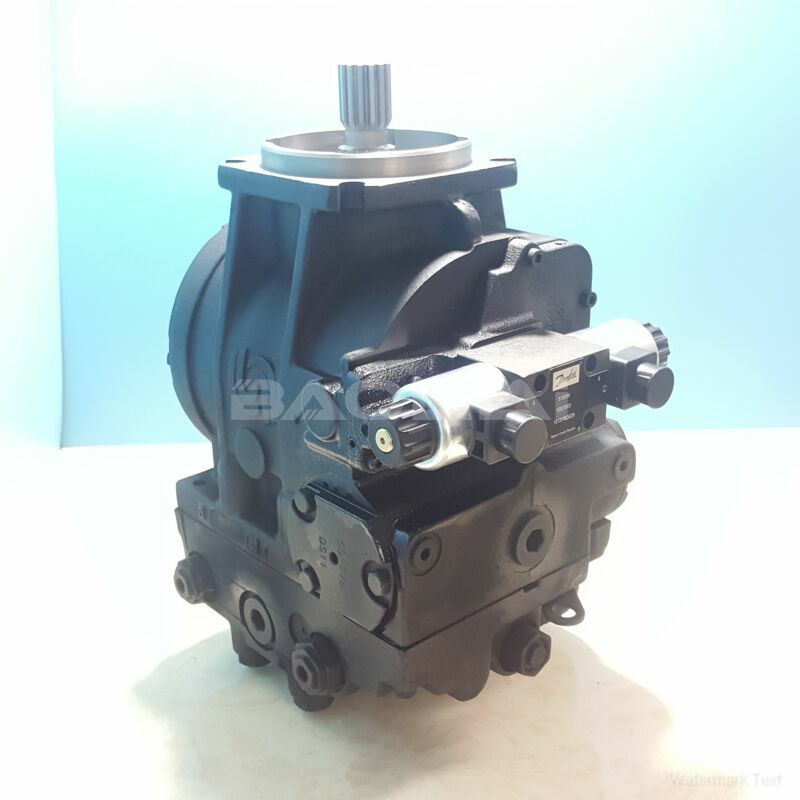90L130KA1CD80L3F1F03GBA353524 sauer danfoss pump
90L130KA1CD80L3F1F03GBA353524 sauer danfoss pump

- Product Details
- Applicable Scene
Cavitation is a common issue that can severely affect the performance and longevity of Danfoss hydraulic pumps. It occurs when the pressure in the pump drops below the vapor pressure of the hydraulic fluid, leading to the formation of vapor bubbles. These bubbles can collapse violently, causing significant damage to the pump components. Identifying and addressing cavitation promptly is crucial to ensure efficient pump operation. Here’s a guide on how to spot and fix cavitation problems in Danfoss hydraulic pumps.
90-L-130-KA-1-CD-80-L-3-F1-F-03-GBA-35-35-24
90L130KA1CD80L3F1F03GBA353524
Identifying Cavitation Symptoms

9721210
Unusual Noise: One of the most noticeable symptoms of cavitation is a distinct, gravel-like noise coming from the pump. This indicates that vapor bubbles are forming and collapsing within the pump.
Vibration: Excessive vibration can accompany cavitation, resulting from the rapid formation and collapse of bubbles, which disturbs normal fluid flow.
Loss of Performance: If you notice a drop in flow rate or pressure, it could be a sign that cavitation is occurring. Monitor performance metrics to identify any deviations from normal operation.
Heat Generation: Increased heat within the system may signal cavitation. As vapor bubbles collapse, they can create localized spikes in temperature.
Visual Inspection: Check for signs of pitting or erosion on pump components, particularly the impeller and casing. These damages are indicative of cavitation-related wear.
Causes of Cavitation
Understanding the root causes of cavitation is crucial for effective remediation. Common causes include:
Low Inlet Pressure: Insufficient inlet pressure can lead to conditions favorable for cavitation. This may result from blocked filters or improper system design.
High Fluid Temperature: Elevated fluid temperatures lower the fluid’s vapor pressure, increasing the likelihood of cavitation.





